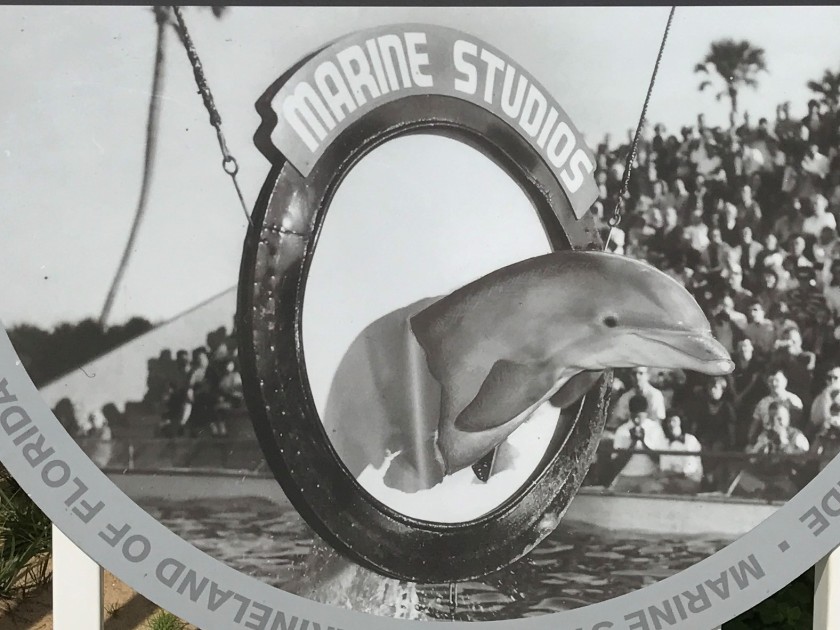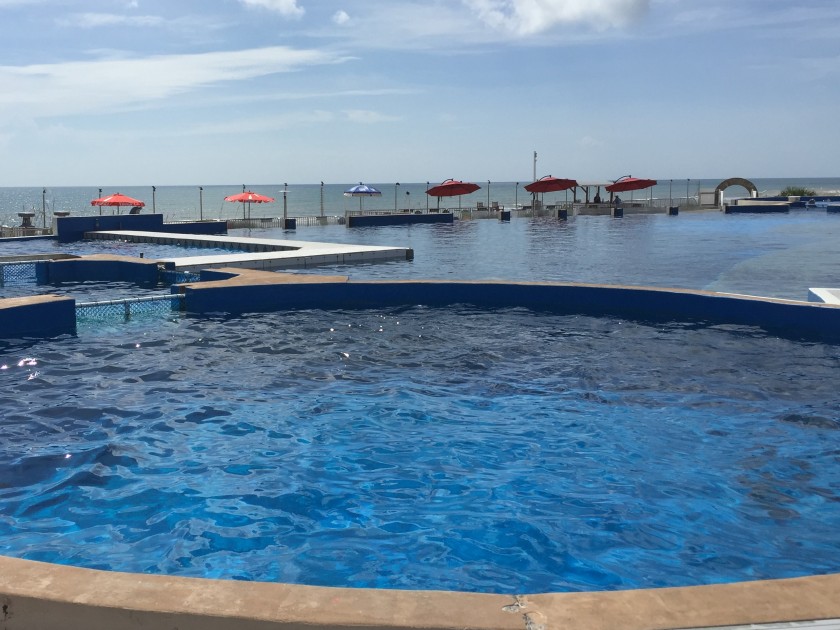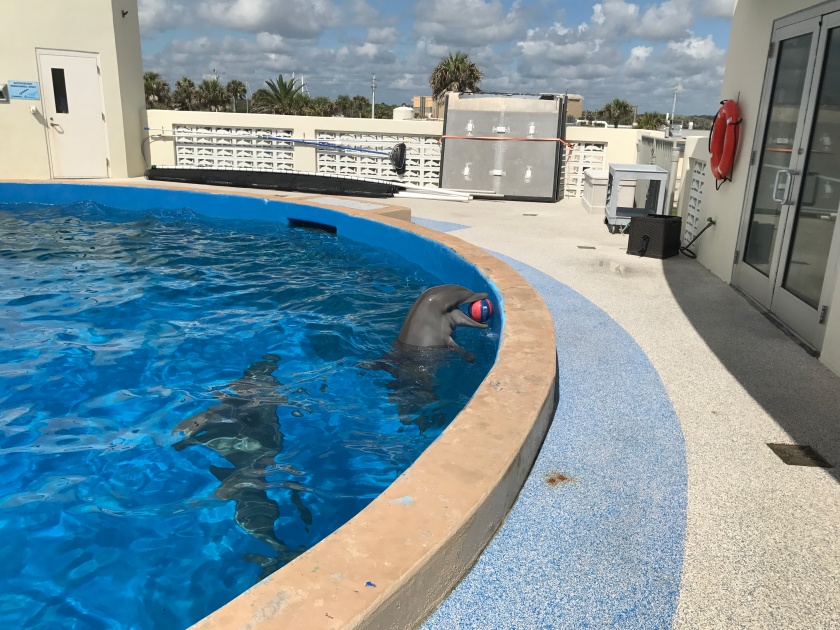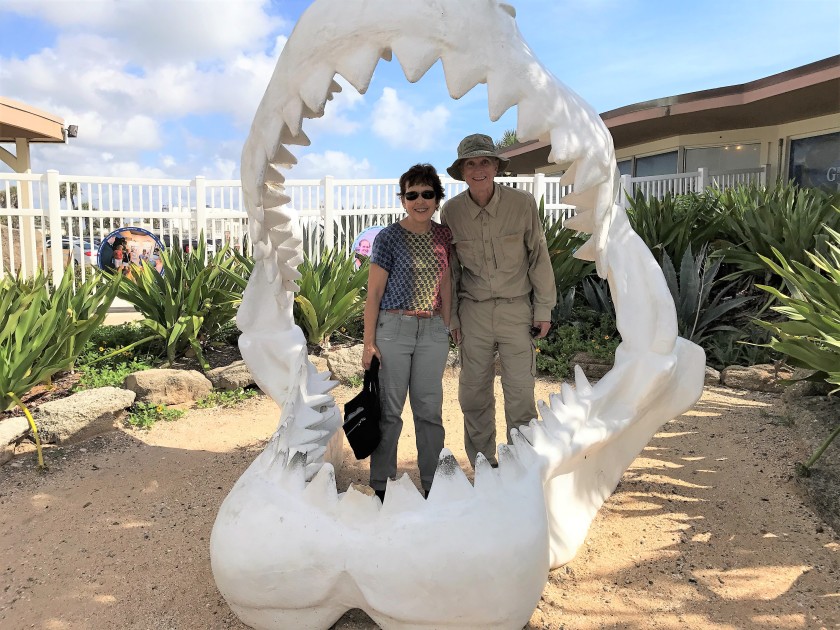What comes to mind when you think of wilderness? Wide open spaces? Pristine lakes? Miles and miles of forests? Maybe something more scary including wild animals, or worse yet, no internet?
For most people wilderness is a place without roads, vehicles, or permanent structures. In 1964 the U. S. government created the National Wilderness Preservation System for the protection of American wilderness. Today 110 million acres of undeveloped land exists for our enjoyment. However, these places of solitude and renewal must be accessed by foot, horseback, or boat.
In 2013 my husband and I visited the High Sierra region of Yosemite National Park. Herb and I left our car at the trailhead on Tioga Road, and walked up the May Lake Trail, a distance of 2.4 miles. In our backpacks we carried a few basic necessities for an overnight stay at May Lake Camp.
Contrary to the overpopulated valley of Yosemite, the High Sierra region is a rugged, solitary wilderness. Upon our arrival at the lake we rested and soaked up the view while we munched on trail mix and granola bars.

The water was calm and clear. Across the lake, the salt and pepper colored granite of Mt. Hoffman rose up to meet the cloudless sky. The 5.6 mile trail to the summit was listed as moderate in our guidebook. We were determined to hike up as far as our legs could carry us. I’m a flatlander from Florida. For me the hike was extremely rocky and rough. As we continued to climb above the tree line the trail seemed to disappear. We could only find our way because of the rock cairns left by previous hikers.

I pushed myself to keep plodding along, stopping to rest every twenty yards or so. Each time I looked out at the surrounding spectacular peaks I felt refreshed and energized. From Mt. Hoffman at 10,000 feet, May Lake looked like a pond.
 We were completely alone. Eventually I reached an impasse, unable to continue because of loose rocks under my feet. I was fearful of falling. We took a photo of our stopping point.
We were completely alone. Eventually I reached an impasse, unable to continue because of loose rocks under my feet. I was fearful of falling. We took a photo of our stopping point.
 On the way back down My husband suddenly froze and pointed nearby. “Mountian lion,” Herb whispered, “Follow me.” I was silent and followed his lead. We walked a different direction away from the outcropping of rock the mountain lion was sleeping under. When we felt it was safe, we began our descent. I must say we walked a lot faster going down the mountain, than up!
On the way back down My husband suddenly froze and pointed nearby. “Mountian lion,” Herb whispered, “Follow me.” I was silent and followed his lead. We walked a different direction away from the outcropping of rock the mountain lion was sleeping under. When we felt it was safe, we began our descent. I must say we walked a lot faster going down the mountain, than up!

My legs were weak by the time we made it back to May Lake Camp. The tantalizing aroma of roast pork made us realize how hungry we were. All of the guests in the camp eat together family style. As we enjoyed a delicious meal, everyone shared their adventures. Five camps are located in the High Sierras, all a day’s hike from each other. Some folks had walked ten miles to May Lake and planned to move on in the morning. Hikers can spend a week or more in the High Sierras. It’s a great vacation, hiking all day and spending the night at a camp where someone else prepares your meals. Food is carried into the camp by mules the same way Phantom Ranch receives supplies in the Grand Canyon, (Click on the link to read my previous post about that experience.)

After dinner we retired to our tents, which we shared with other travelers, bunkhouse style. I couldn’t get to sleep. I tossed and turned, wondering about the mountain lion we encountered on our hike. What was it doing now? Could it be on the prowl nearby? And what about bears, everyone knows they frequent this area. In the wee hours of the morning I finally drifted off to sleep.
Without my knowledge, my husband rose early and walked down by the lake to see the sunrise. He captured my feature image of the beautiful reflective waters of May Lake and another of Half Dome from the backside. (A sight unseen by visitors who stay in the valley.)

Wilderness intrigues me. Its rugged beauty captivates and terrifies me at the same time. In the wilderness anything can happen. It has a spirit of its own, powerful, and untamed by man.













 If you visit the Citrus Tower be sure to see the
If you visit the Citrus Tower be sure to see the 




